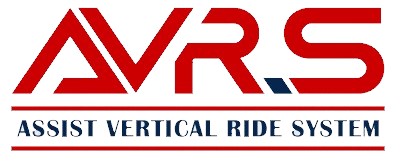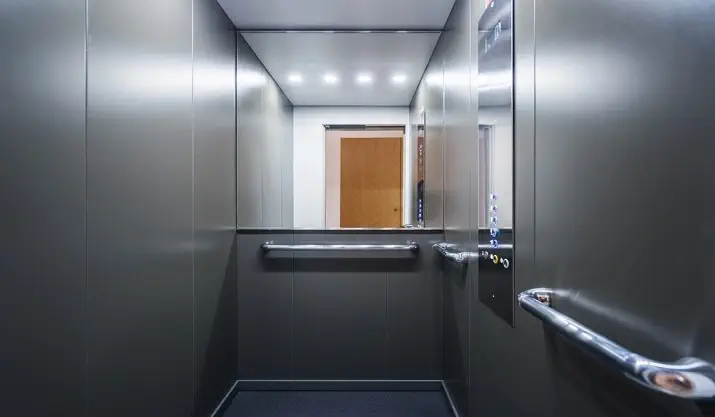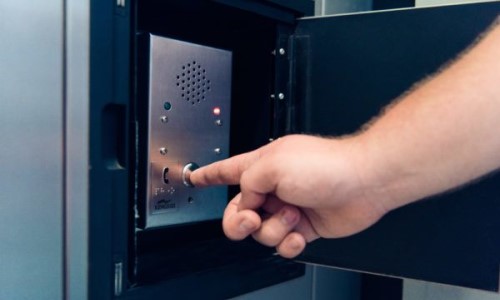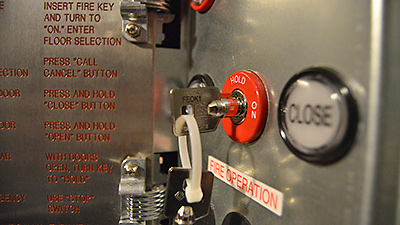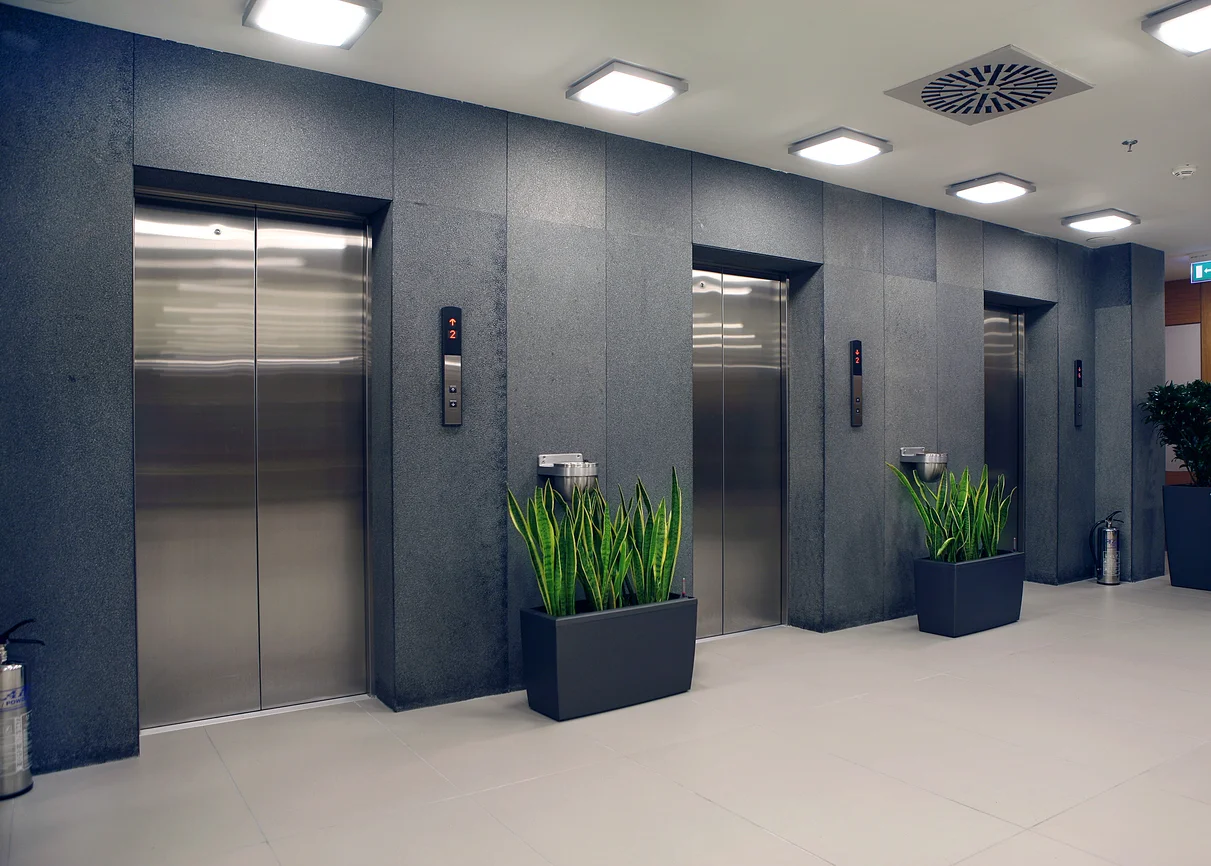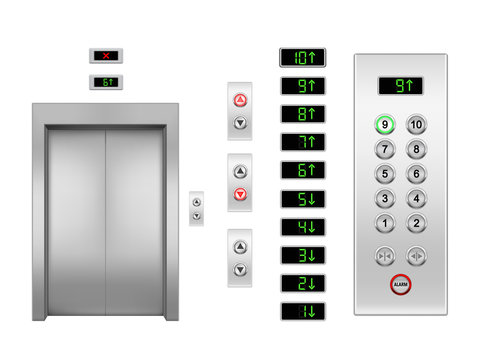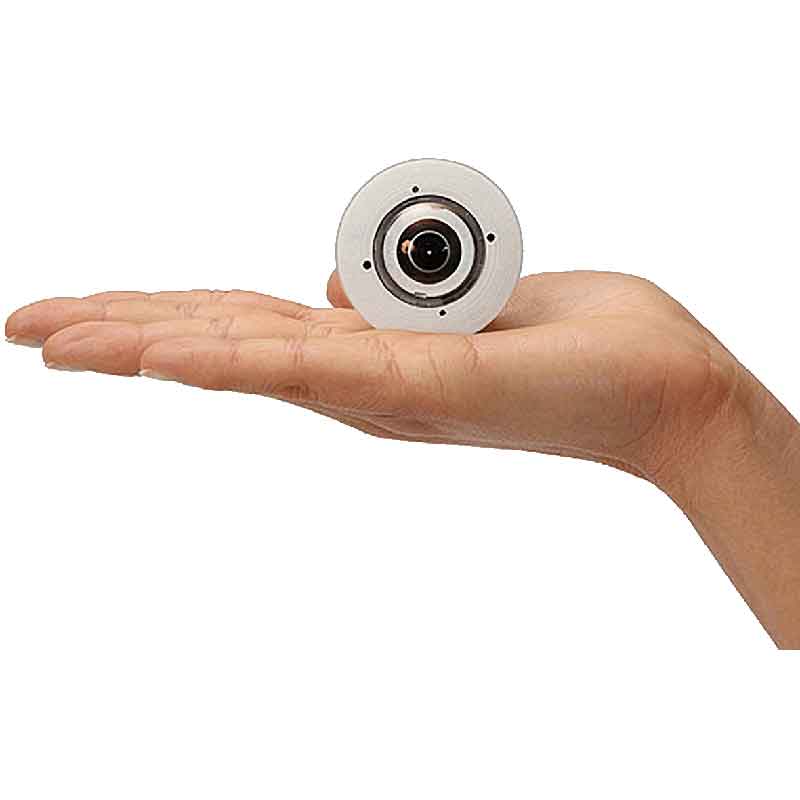Safety First
Elevator Safety Features: Ensuring Passenger Security and Operational Integrity
Elevators are crucial modes of vertical transportation in buildings, carrying occupants to different floors with convenience. To ensure the safety of passengers and building occupants, elevators are equipped with a range of sophisticated safety features that mitigate risks, prevent accidents, and promote secure operation. At AVRS Elevator Pvt Ltd, we prioritize passenger safety by implementing and maintaining a comprehensive set of elevator safety features.
Key Elevator Safety Features:
Door Sensors: Infrared or motion sensors detect objects and passengers near the door, preventing doors from closing when someone is entering or exiting the elevator.
Emergency Stop Button
Passengers can activate the emergency stop button to halt the elevator in case of an emergency or if they feel unsafe.
Overload Protection
Sensors monitor the weight inside the elevator car. If the weight exceeds a safe limit, the elevator won't move until the load is reduced.
Emergency Communication
An intercom or emergency phone allows passengers to communicate with building security or emergency services if they become trapped or need assistance.
Fire Service Operation
Elevators are equipped with a special mode that enables firefighters to control and use elevators during emergencies.
Emergency Lighting
In the event of a power outage, emergency lighting within the elevator ensures visibility and safety for passengers.
Door Interlocks
Interlocks prevent the doors from opening unless the elevator is level with a floor, reducing the risk of passengers stepping into an empty shaft.
Safety Brakes
Safety brakes engage if the elevator exceeds a safe speed, preventing free fall. These brakes are designed to hold the elevator in place even during power loss.
Anti-Creep Function
Elevators are programmed to nudge slightly to align with the floor level before doors open, ensuring a safe entry and exit.
Cabin and Hallway Call Buttons
Passengers can call the elevator to their floor, and hall call buttons ensure passengers only enter the elevator they've called.
Floor Leveling
Elevators automatically adjust their position to ensure a smooth and level entry/exit, reducing the risk of tripping.
Pit Safety Device
Sensors in the pit halt the elevator if an obstruction is detected, preventing the elevator from descending further.
Pit Safety Device
Some elevators are equipped with surveillance cameras to enhance security and monitor passenger behavior.
Phase Protection
In case of power fluctuations, elevators have phase protection mechanisms to prevent unsafe operation.
Advantages of Elevator Safety Features
Passenger Protection
Elevator safety features prioritize the security and well-being of passengers, reducing the risk of accidents or injuries.
Legal Compliance
Compliance with safety standards and regulations safeguards against legal liabilities and penalties.
Building Safety
Elevator safety features contribute to the overall safety of the building's occupants and visitors.
Operational Reliability
These features enhance the reliability and efficiency of elevator operations, minimizing downtime.
Emergency Response
Safety features ensure effective communication and response during emergencies.
